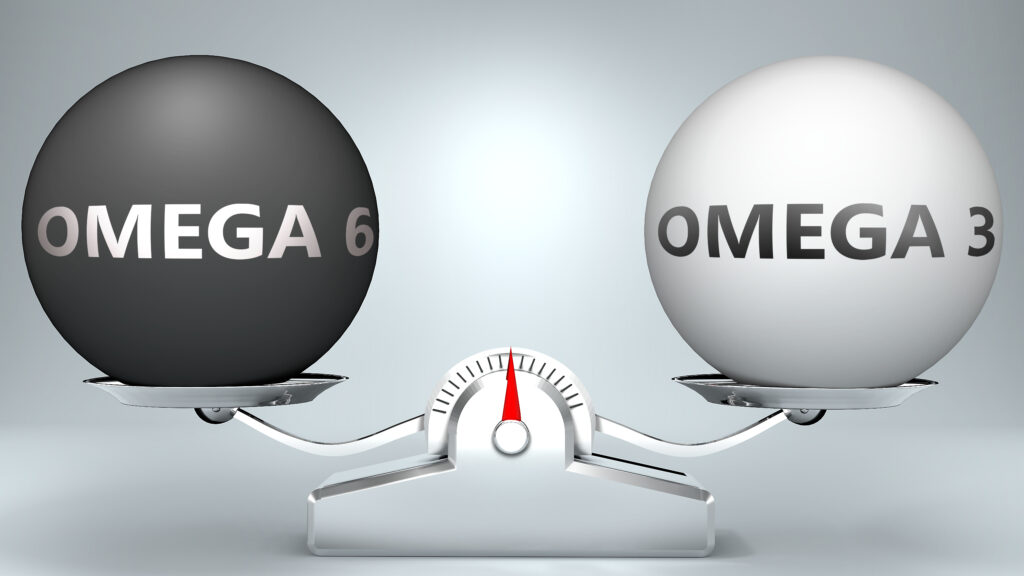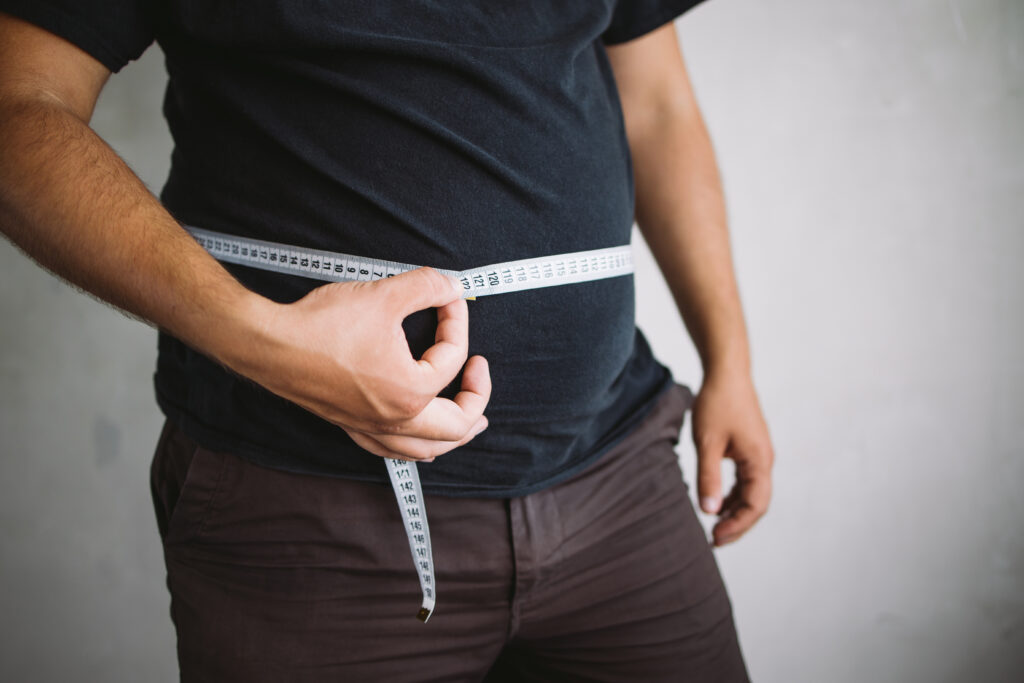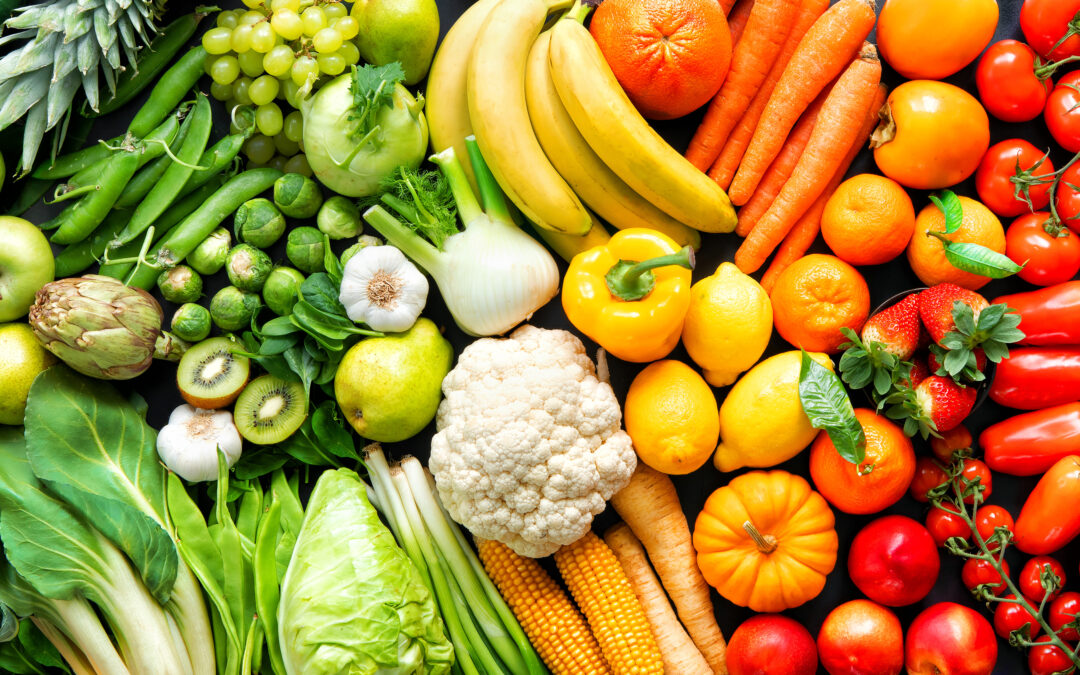When people think about nutrition and pain, they often zero in on the anti-inflammatory diet. No nightshades. No seed oils. No sugar. Nothing white. Nothing processed. The list of “don’ts” gets longer and stricter until you’re left nibbling on a kale leaf, wondering how these rules are supposed to make a difference. But here’s the thing—healing isn’t just about restriction. The right food helps you heal by calming inflammation, supporting your nervous system, and giving your body the fuel it needs to recover.
Let’s pause.
Yes, there’s solid science behind eating in an anti-inflammatory way—but it’s not the whole story when it comes to pain. And if you’ve ever tried following one of those rigid food plans only to feel worse (physically or emotionally), you’re not alone. Pain is complex. Food is complex. And the way they interact? Even more so.
If you’re dealing with chronic pain and feel like you’re chasing the perfect diet without getting results, this article is for you.
Let’s look beyond the “anti-inflammatory checklist” and dig into the real-life role nutrition plays in managing pain—starting with one of the biggest dietary culprits hiding in plain sight.

The Omega Imbalance: Why Omega-6s Matter
Most people have heard about Omega-3s—the healthy fats found in fish, flaxseeds, and walnuts that help calm inflammation. But fewer understand the role of Omega-6 fatty acids, which are everywhere in modern diets.
Omega-6s aren’t bad in themselves. In fact, your body needs them in small amounts. However, the problem is imbalance. The average North American consumes up to 20 times more Omega-6 than Omega-3, thanks to processed foods, vegetable oils (like corn, soybean, and sunflower oil), and commercial baked goods.
Why does this matter?
Because Omega-6s promote inflammation when consumed in excess. For someone dealing with chronic pain—joint stiffness, fibromyalgia, nerve sensitivity, headaches—this creates a perfect storm. You may be unknowingly feeding the fire every time you cook with the wrong oil or grab a bag of chips.
What to do:
- Focus on reducing Omega-6 intake rather than obsessing over adding more Omega-3s.
- Swap out industrial seed oils for olive oil, avocado oil, or grass-fed butter.
- Eat fewer packaged and fast foods.
- Be aware of what goes into sauces, salad dressings, and store-bought snacks.
Balancing these fats isn’t a quick fix, but over time, it reduces background inflammation and helps create a foundation where healing is possible. This is one of the clearest examples of how food helps you heal from the inside out.

Sugar Spikes: The Hidden Agitator
Here’s a hard truth: If you struggle with chronic pain, your relationship with sugar needs to change. Not because sugar is “evil” but because it creates chaos inside your body.
For example, when you eat sugar—whether from sweets, bread, juice, or even “natural” sources—your blood glucose spikes. In response, your body pumps out insulin to bring levels back down. This up-and-down cycle causes internal stress, cellular damage, and—you guessed it—inflammation.
Even worse, sugar spikes affect your nervous system. That means more than just physical pain—it can amplify anxiety, brain fog, and emotional reactivity. When your blood sugar crashes, your cortisol (stress hormone) surges to pick up the slack, triggering a stress response in your body. If your body already feels like it’s under attack from pain, this extra stress pushes it over the edge.
Here’s what this looks like in real life:
- You grab a muffin or smoothie in the morning → feel good for an hour → crash → crave more sugar → feel foggy, irritable, and sore.
- Or maybe you have pasta or bread at dinner → sleep poorly → wake up stiff, groggy, and inflamed.
What to do instead:
- Eat balanced meals with protein, healthy fat, and fibre to slow down glucose absorption.
- Avoid starting your day with just carbs or fruit.
- Keep snacks on hand that support blood sugar balance (nuts, boiled eggs, hummus and veggies).
- Pay attention to how you feel after meals—your pain might be telling you more than you think. These everyday signals are a reminder that food helps you heal, or hurt, depending on your choices.
Emotional Regulation: The Missing Link
Let’s talk about something most diets don’t touch: your emotional state.
In fact, pain doesn’t just exist in the body. It messes with your head, your sleep, your patience, your confidence. When you’re in pain, your nervous system is already under strain—and blood sugar swings or poor nutrition make emotional regulation even harder.
A crash in glucose isn’t just about fatigue. It can lead to mood swings, anger outbursts, crying spells, or feelings of hopelessness. In fact, many patients report that their pain feels worse when they’re emotionally overwhelmed—even if the physical injury hasn’t changed.
Here’s the kicker: your brain needs stable fuel. Without it, the parts of your brain responsible for decision-making, empathy, and resilience go offline. You’re left with your survival brain in charge—and that brain only knows how to react.
Nutrition isn’t just about fuelling your body. It’s about supporting your ability to cope. In times of physical or emotional strain, food helps you heal by keeping your nervous system steady and your brain resilient.
How to support emotional regulation with food:
- Regular meals help keep your blood sugar steady—try not to skip them.
- “Quick fix” foods might seem helpful in the moment, but they often lead to crashes that make pain worse.
- Hydration matters too; even mild dehydration can impact your mood and increase pain sensitivity.
- Tracking your food, mood, and pain for a few days can reveal patterns you might not notice otherwise.
This isn’t about perfection. It’s about learning to give your brain and body the fuel they need to regulate, rebuild, and recover.

Weight Loss and Pain: What Really Helps?
We can’t talk about nutrition and pain without touching on weight. But this is where things get tricky.
Of course, excess weight puts pressure on joints and increases inflammation. Yes, losing weight can reduce pain in many people. But focusing on weight first often backfires—because diets that aim to “drop pounds fast” usually ignore the basics of nervous system support and pain recovery.
If your body is in chronic stress mode, it’s not going to shed weight easily. It’s in survival mode. And that makes sense—your body isn’t trying to look good in jeans. It’s trying to protect itself.
When you prioritize nourishment over restriction, you begin to see how food helps you heal and regulate—not just lose weight. Instead of chasing a number on the scale, focus on what actually matters for pain:
- Blood sugar stability
- Reducing inflammatory triggers (like Omega-6s and sugar)
- Building meals that support energy and regulation
- Creating sustainable habits you can actually stick with
Here’s the good news: when you take care of your body this way, weight often takes care of itself—slowly, steadily, and in a way that supports long-term pain relief.
This Isn’t a Quick Fix—It’s a Long Game
There is no magic food plan.
You don’t have to follow a perfect anti-inflammatory diet. You don’t need to go keto, paleo, or vegan. You just need to stop hurting yourself with food choices you don’t even realise are making things worse.
Nutrition is a powerful pain tool—but it’s only powerful when used with consistency, self-awareness, and compassion.
Start by making one change:
- Swap your cooking oil.
- Add protein to your breakfast.
- Cut back on ultra-processed snacks.
- Eat your meals more regularly.
- Drink more water
Then pay attention. What happens to your energy? Your sleep? Your stiffness? Your emotions?
Over time, you’ll start to feel the shift. Not overnight. Not in a week. But slowly, subtly—and then unmistakably.
That’s what healing looks like.

Food Is Information
Here’s the truth: food is not just fuel—it’s information.
Every bite you eat sends signals to your body—telling it to ramp up inflammation or settle it down, to stress out or regulate, to store energy or release it.
When you start thinking of food as a tool—not a set of rules—you gain power. That’s the shift that happens when you recognize how deeply food helps you heal. You move from frustration to understanding. From overwhelm to clarity. From pain management to pain recovery.
And that shift? It starts on your plate.
Ready to start feeling better and hurting less? Small changes can make a big difference. Take the first step today—your future self will thank you!
